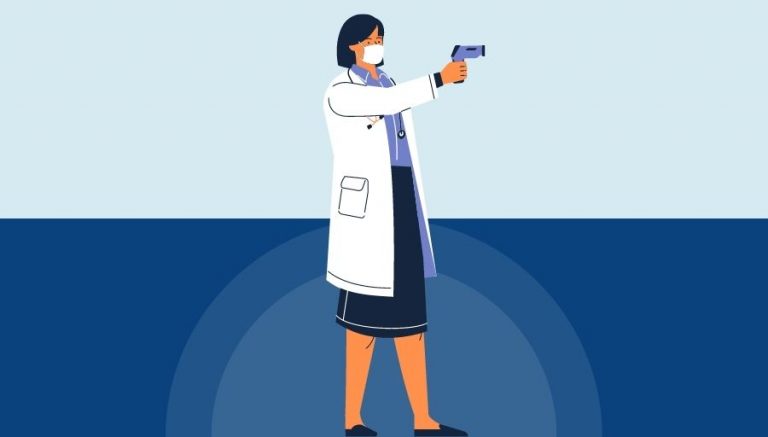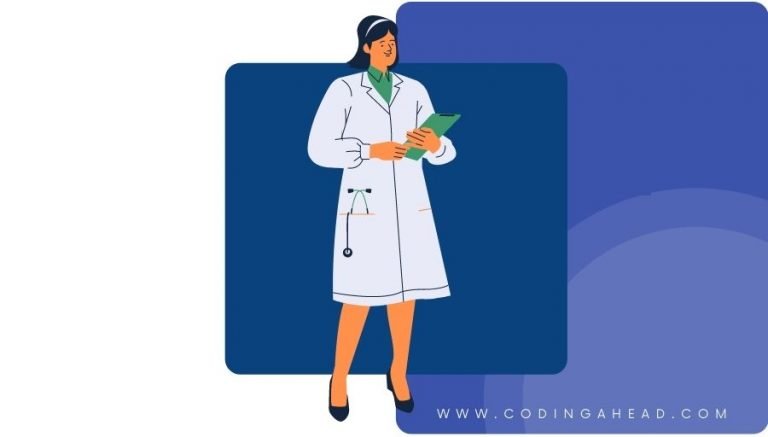How To Use CPT Code 87220
CPT 87220 describes the examination of tissue samples from the skin, hair, or nails for fungi or ectoparasite ova or mites using a KOH slide. This article will cover the description, procedure, qualifying circumstances, appropriate usage, documentation requirements, billing guidelines, historical information, similar codes and billing examples.
1. What is CPT Code 87220?
CPT 87220 can be used to describe the examination of tissue samples from the skin, hair, or nails for fungi or ectoparasite ova or mites using a KOH slide. This code is used when a lab analyst or microbiologist receives the specimen and uses KOH as a clearing agent to facilitate the microscopic examination of the sample for fungal forms or ectoparasite ova or mites.
2. Official Description
The official description of CPT code 87220 is: ‘Tissue examination by KOH slide of samples from skin, hair, or nails for fungi or ectoparasite ova or mites (eg, scabies).’
3. Procedure
- The lab analyst or microbiologist receives the specimen, which can be hair, skin, or nail clippings.
- KOH is added as a clearing agent to the specimen to facilitate the microscopic examination.
- The lab analyst or microbiologist examines the specimen under a microscope, looking for fungal forms or ectoparasite ova or mites.
- If present, the lab analyst or microbiologist identifies and documents the findings.
4. Qualifying circumstances
CPT 87220 is used when there is a need to examine tissue samples from the skin, hair, or nails for fungi or ectoparasite ova or mites. This may be necessary when there is a suspected fungal infection or infestation by ectoparasites such as scabies mites or head lice. The use of KOH as a clearing agent helps reveal the presence of these organisms.
5. When to use CPT code 87220
CPT code 87220 should be used when there is a need to examine tissue samples from the skin, hair, or nails for fungi or ectoparasite ova or mites using a KOH slide. It is important to ensure that the examination is performed by a lab analyst or microbiologist and that KOH is used as a clearing agent. This code should not be used for macroscopic examination of arthropods or larger parasitic forms.
6. Documentation requirements
To support a claim for CPT 87220, the following documentation is required:
- Details of the specimen received (hair, skin, or nail clippings)
- Use of KOH as a clearing agent
- Date of the examination
- Microscopic findings, including the presence of fungi or ectoparasite ova or mites
- Signature of the lab analyst or microbiologist performing the examination
7. Billing guidelines
When billing for CPT 87220, ensure that the examination is performed by a lab analyst or microbiologist using a KOH slide. It is important to follow the specific documentation requirements for this code. CPT code 87220 should not be reported with codes 87168 or 87169, which are used for macroscopic examination of arthropods and larger parasitic forms, respectively.
8. Historical information
CPT 87220 was added to the Current Procedural Terminology system on January 1, 1990. There have been no updates to the code since its addition. It was originally described as ‘Tissue examination for fungi (eg, KOH slide)’ and later expanded to include examination for ectoparasite ova or mites.
9. Examples
- A lab analyst examining a skin sample for fungal forms using a KOH slide.
- A microbiologist examining a nail clipping for ectoparasite ova using a KOH slide.
- A lab analyst examining a hair sample for mites using a KOH slide.
- A microbiologist examining a skin sample for fungal forms and ectoparasite ova using a KOH slide.
- A lab analyst examining a nail clipping for fungal forms and mites using a KOH slide.
- A microbiologist examining a hair sample for fungal forms and ectoparasite ova using a KOH slide.
- A lab analyst examining a skin sample for ectoparasite ova using a KOH slide.
- A microbiologist examining a nail clipping for fungal forms and ectoparasite ova using a KOH slide.
- A lab analyst examining a hair sample for fungal forms and mites using a KOH slide.
- A microbiologist examining a skin sample for fungal forms and ectoparasite ova using a KOH slide.



